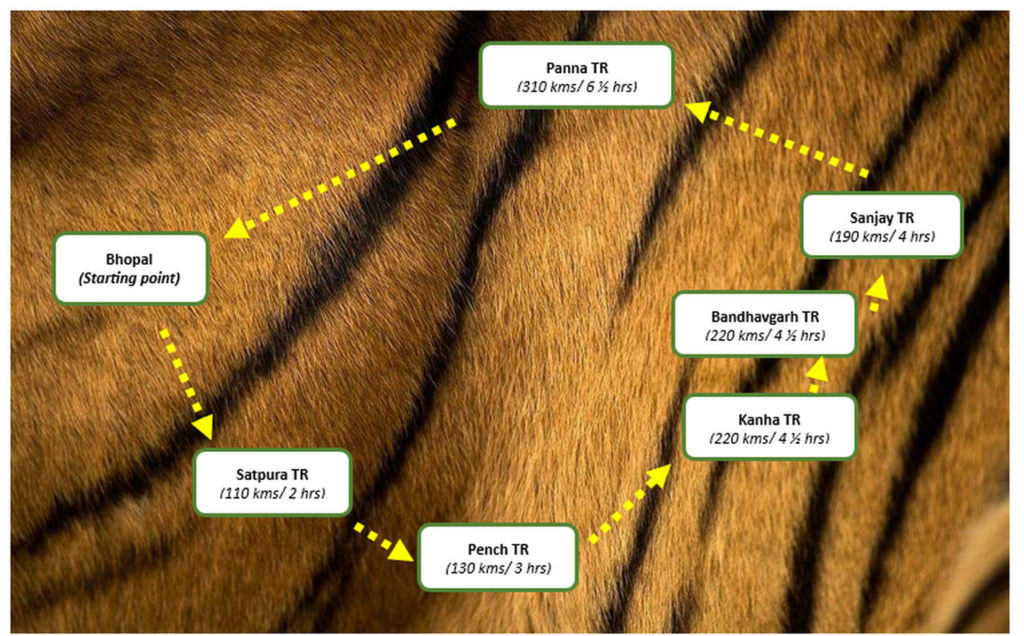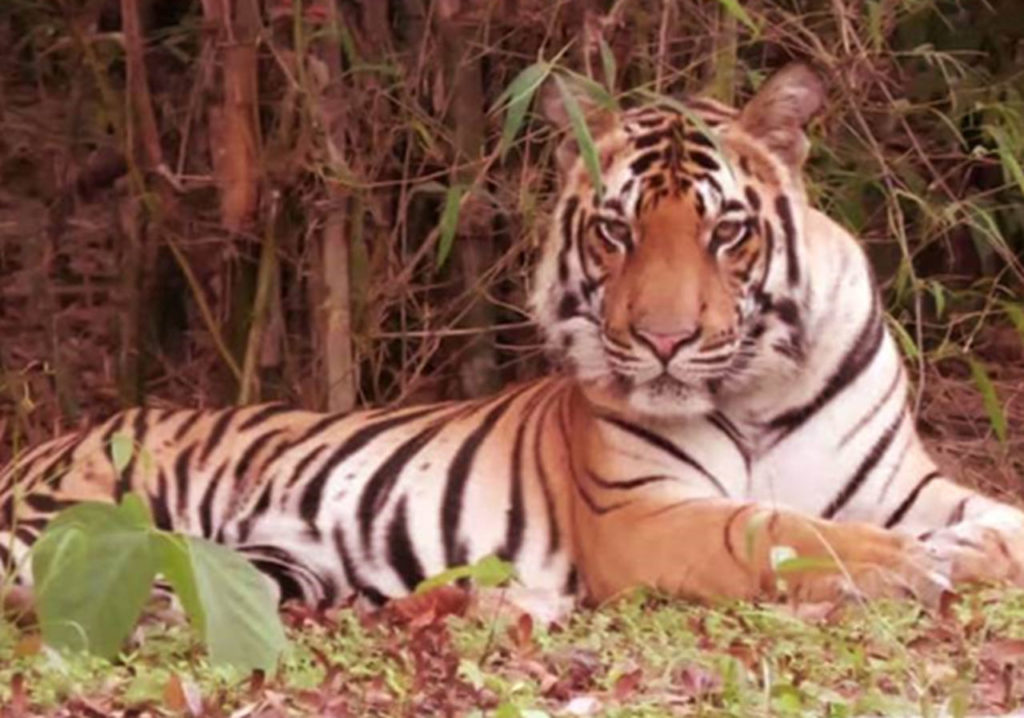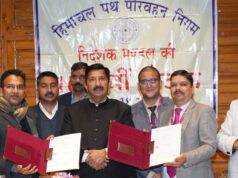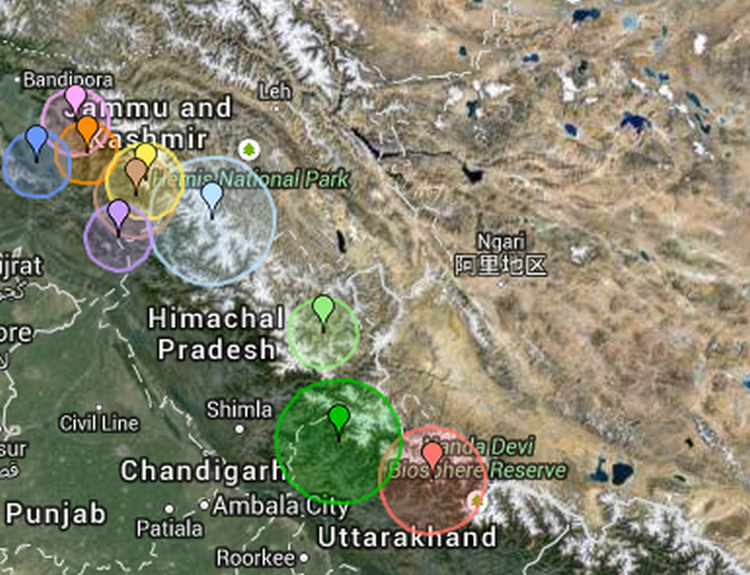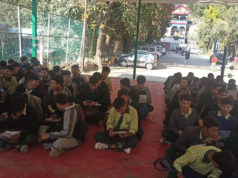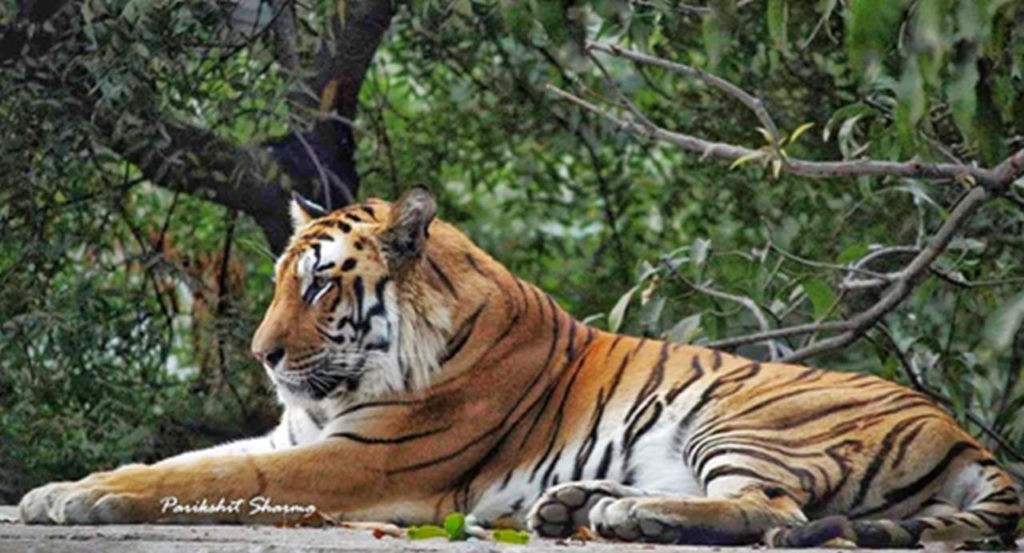
The tranquil melody of the river Ken, accompanied by the gentle rustle of Teek trees under the mild sunshine, cast a spell on us. Amidst this serene setting, the powerful roar of a tiger reverberated through the dense forest, sending shivers down our spines. This was not a cinematic scene but the thrilling reality of my adventure through the Tiger Reserve Hexagon of Madhya Pradesh.
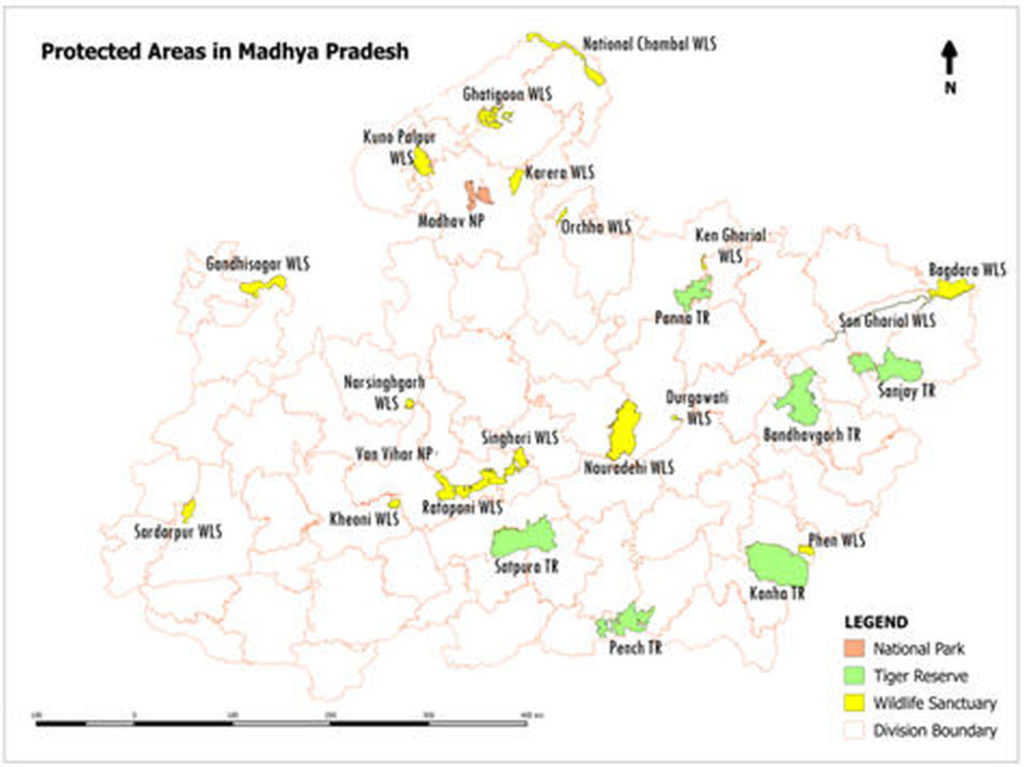
India boasts 55 Tiger Reserves, and Madhya Pradesh is home to six of them (EIACP Programme Centre “Wildlife & Protected Areas Management”, 2024). Driven by my passion for wildlife and nature, I embarked on this captivating journey, seeking quality time with my family at the heart of India. The ideal season for such an adventure is winter, and I was fortunate to secure my trip in November, the peak of the season.
The Tiger Reserve Hexagon comprises six distinct reserves: Satpura, Pench, Kanha, Bandhavgarh, Sanjay, and Panna. Beginning in Bhopal, our exploration took us through these breathtaking landscapes, each offering a unique and unforgettable experience.
Our journey commenced at Satpura Tiger Reserve, nestled in the Satpura Mountain Range. Captain James Forsyth first explored this gem in 1862 during the search for Indian Freedom Fighter Tantya Tope (“History of Satpura National Park, Satpura Forest History, Satpura History, Satpuda History”, 2024). Lush forests, cascading waterfalls, and panoramic meadows enchanted us, with recommended stays at the forest rest houses in Madhai or Churna.
Moving on to Pench Tiger Reserve, we encountered a magnificent tigress with her cubs at Turia zone. Immersed in local culture, we enjoyed folk dances and cultural activities arranged by the community. The forest rest house at Seoni or the MP Tourism hotel at Turia gate offered an authentic experience.
Kanha Tiger Reserve, with the highest tiger population in the hexagon, provided beautiful sights, including a stunning sunset at Bammi Dadar and a glimpse of the revered tigress “Neelam (Tigress T-65).”
Our journey then led us to the ancient realm of Bandhavgarh Tiger Reserve, where we witnessed a majestic tiger and explored the ancient Bandhavgarh fort, steeped in history and mythology.
Sanjay-Dubri Tiger Reserve introduced us to the legacy of “Mohan,” the white tiger rescued in 1951. The journey concluded at Panna Tiger Reserve, where the roar of the river Ken echoed through the Vindhya Hills, creating an unforgettable experience.
The Tiger Reserve Hexagon is not just about nature and wildlife; it’s an opportunity to interact with local communities, savour their cuisine, and participate in cultural programs. This unique blend epitomizes Responsible and Ecotourism initiatives, emphasizing the importance of following reserve guidelines and adopting sustainable practices to preserve the rich flora and fauna.
Note: The Tiger Reserve Hexagon concept is a promotional initiative by the authors to showcase Madhya Pradesh’s tiger reserves.
The article is authored by Dr. Parikshit Sharma, Associate Professor, Jagran Lakecity University, Isha Pabia Research Scholar and Priya Sharma, Head of Department, Institute of Hotel Management Raipur CG


